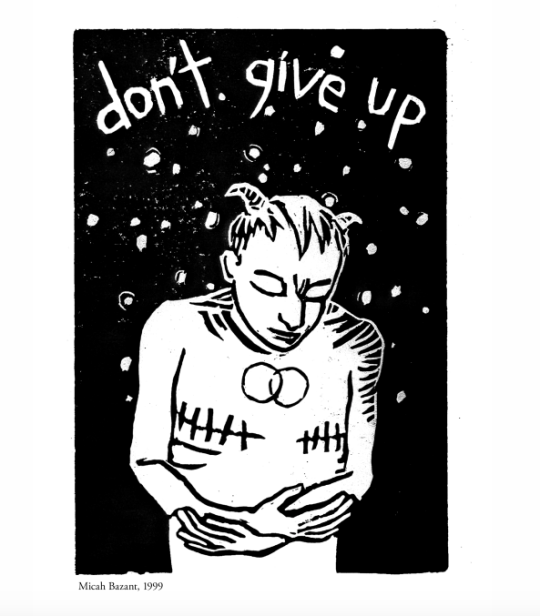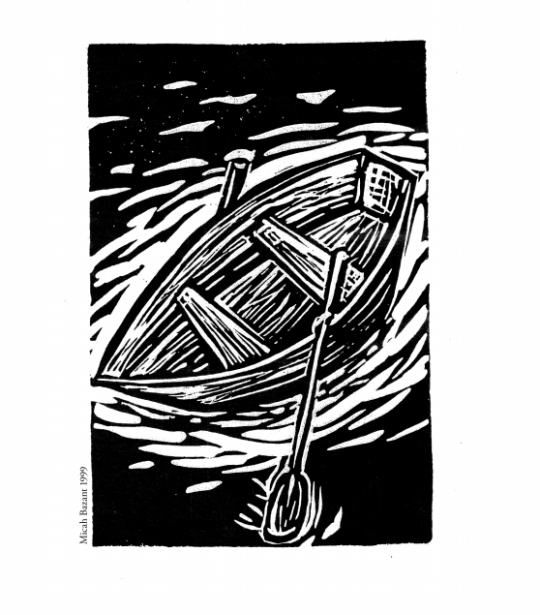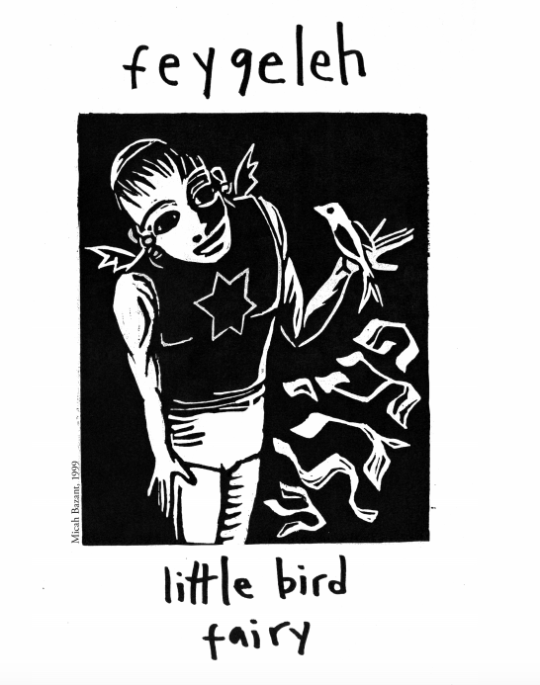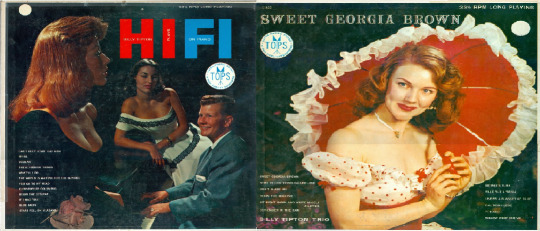Remembrance of the Past
Artist Ria Brodrell
“Brodell is an artist based in Boston whose current body of work addresses issues of gender identity, sexuality, religion, and contemporary culture. Brodell attended the School of the Art Institute of Chicago, received a BFA from Cornish College of the Arts in Seattle (2002), and an MFA from the Museum School/Tufts University (2006). Brodell was recently awarded an MCC Fellowship in Drawing (2014), an SMFA Traveling Fellowship (2013), and an Artist’s Resource Trust Grant from the Berkshire Taconic Community Foundation (2012) in support of their current series, Butch Heroes. Brodell has had solo and group exhibitions throughout the U.S., including Kopeikin Gallery, Los Angeles (2010); Judi Rotenberg, Boston (2009); Swarm Gallery, Oakland (2008); Aqua Art, Miami (2008); DeCordova Museum, Lincoln, MA (2007); and the Museum of Fine Arts, Boston (2005). Brodell’s work has appeared in ARTNews, The Boston Globe, Beautiful Decay, New American Paintings, Art New England, Art Slant: San Francisco, Daily Serving, The Phoenix, and Boston Magazine.”
Source: http://artadia.org/artist/ria-brodell/
“The Museum of the City of New York features Gay Gotham, a show that chronicles queer creative networks in 20th-century New York, and the Leslie-Lohman Museum for Gay and Lesbian Art is in the process of nearly doubling its footprint. It also recently created the Hunter O’Hanian Diversity Art Fund to collect artworks from primarily female and transgender artists. Yet Donald Trump’s election has given the LGBTQ community new reasons to fear for their safety. Mike Pence advocates for “gay conversion therapy” and Trump has pledged to sign the First Amendment Defense Act, which would give businesses and landlords the right to discriminate against gay and transgender people. Since the election, 43 anti-LGBTQ incidents have already been reported to the Southern Poverty Law Center.
Source:https://www.theguardian.com/artanddesign/2016/nov/18/transgender-art-trans-hirstory-in-99-objects
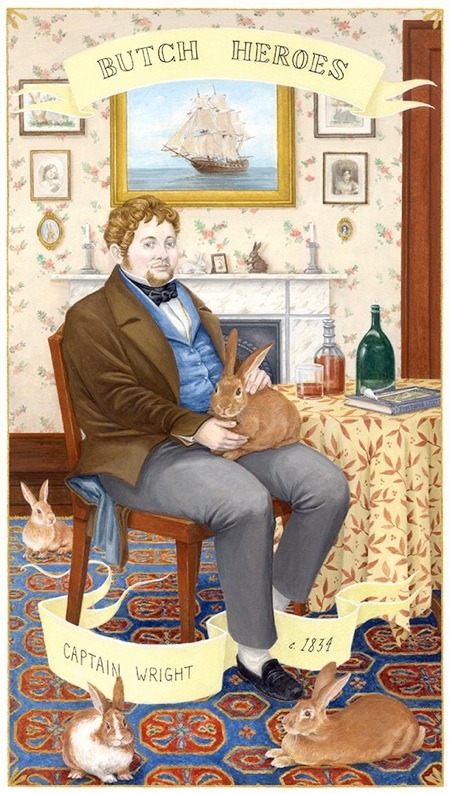
Captain Wright by Ria Brodrell
“The newspaper recounts that when Captain Wright died, the body was found to be female, a “beard only excepted.” Of course large crowds of curious neighbors came to view the body, now referred to as a “creature” by the newspaper. Quickly, rumors spread, attempting to guess at the reasons behind the Captain’s “disguise”—property inheritance, blackmail, etc.? His coffin was engraved with the name Eliza Wright.”
Source and Image:
http://www.riabrodell.com/_/Current_Work/Entries/2016/4/14_%22Captain_Wright%22.html
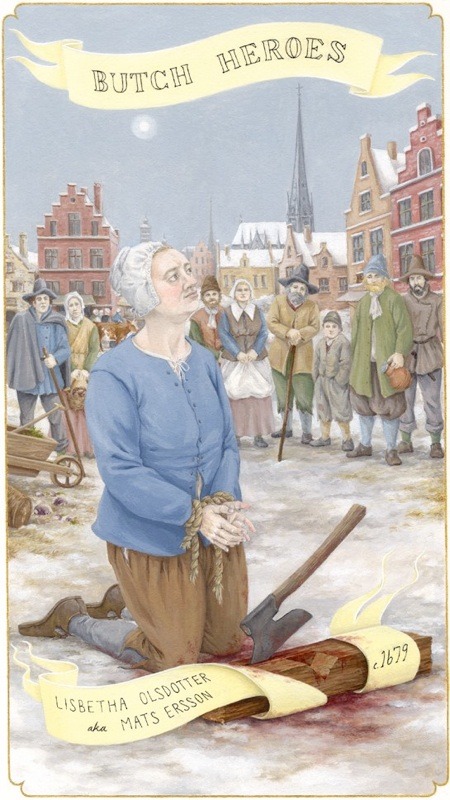
Lisbetha Olsdotter aka Mats Ersson by Ria Brodrell
“Lisbetha Olsdotter was originally from Östuna Parish in Långhundra District, Upland. She left a husband and two children and found work as a servant, a farmhand, and finally as a soldier under the name Mats Ersson (alternate spellings Matts Ersson or Mats Persson).”
Source and Image:
http://www.riabrodell.com/_/Current_Work/Entries/2013/½_Lisbetha_Olsdotter_aka_Mats_Ersson.html
The Progress of the Present
Artist Astrotwitch
“This incredible Melbourne-based street artist has taken to transforming public places and safe LGBTQIA+ spaces as way of celebrating trans bodies and shifting perceptions of normalcy.”
Sam Leighton-Dore
*“Wonder down any alleyway in Collingwood and there is a great chance you will come across one of the bright flamboyantly feminine portraits drawn by Astrotwitch. The portraits are of strong, powerful women and are reliably lively, bold and loud. However, they are not just pretty pictures but statement pieces. The aim of these portraits is to shine a light on the often underrepresented female presence in today’s Street Art.”
Source: scene.http://about-blank.co/a-womans-presence-astrotwitch/
“
Astrotwitch Melbourne street artist makes very colourful vibrant detailed pastie paste ups and stickers of queer peoples and types”
Source: http://allthoseshapes.com/astrotwitch_street-art/
“I think
it’s easier to attack a person than it is to attack a concept. I grew up in the middle of nowheresville, so whenever I visited museums I didn’t know much about the artists behind the art.” Astrotwitch

Painting on Cardboard by Astrotwitch
Image: http://astrotwitch.tumblr.com/post/86554857214/painting-on-cardboard-acrylic-markers-and-pens

Astrotwitch
A Vision for the Future
Artist Kalki Subramaniam
“Shabharish aka Kalki is a 35-year-old transgender with her roots in a remote village located 30km from Coimbatore, Tamil Nadu. Young and fierce, she carries the badge of being the country’s first ever transgender artist. She has lived through a journey that is no less than a roller-coaster ride. From battling gender disparities at her adolescence to today holding two master’s degrees, she written her own success story, the one that continues to be an inspiration to many.”
Shruthi Mohan
Source: https://yourstory.com/2016/08/kalki-subramaniam-artist/
“The transgender community across India has been battling for basic livelihood, dignity and social acceptance. “Most of us have been thrown out by families, experience lack of education, lack good housing and medical services and live without any assurance and security for our future.” So Kalki has been actively advocating for legal recognition of the transgender community of India — from lobbying for their rights with the judiciary to campaigning for gender non conforming students in educational institutions, for their right to education and continuing studies in an enabling environment when there is no discrimination in academic institutions and no school dropouts. She is also associated with Sahodari Foundation that is working for the social, legal and economic empowerment of the transgender community of India. “I am making an effort to bring a firm positive change in transgender people’s lives through Sahodari,” she adds.”
Tanvi Dubey
Source: https://yourstory.com/2015/05/kalki-subramaniam/
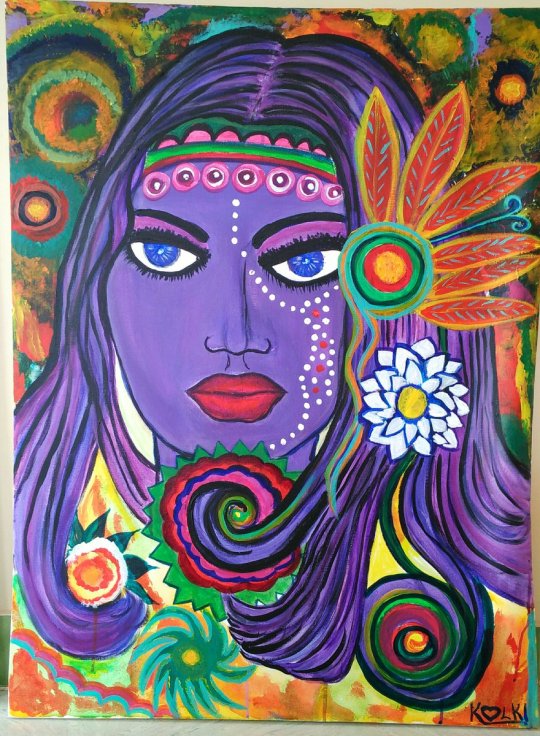
The Purple Princess by Kalki Subramaniam
Image: https://twicopy.org/mskalki/

Kalki Subramaniam
“All these transgender women that I am raising funds for want a future in education. They are really committed to the cause. Since I also believe that my transgender sisters should educate themselves, I have decided to support them,” says Kalki. Saswat Singhdeo
Source and Image: https://www.scoopwhoop.com/This-Activist-Is-Raising-Funds-For-Educating-Transgender-Women/#.54gyk0fck
Hope
Link: https://www.youtube.com/watch?v=1Vw0UayoTMY&feature=youtu.be
Source: https://www.fueladream.com/home/campaign/278

Someday by A. D. Anderson









